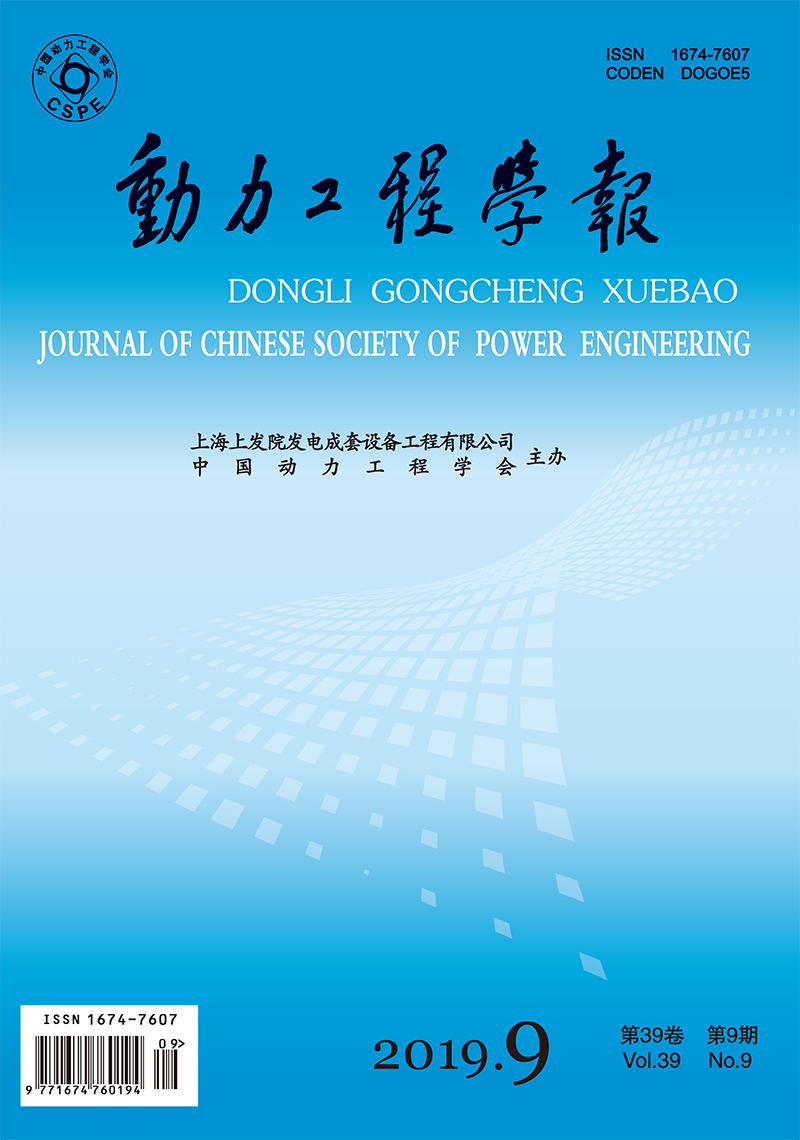HE Lei, HUANG Qihe, ZHAO Lianhui, ZHU Xiaocheng, DU Chaohui
2019, 39(9): 711-716.
Taking the profile of the first-stage stator blade in a heavy duty gas turbine as an object of study, the effect of surface roughness on heat transfer characteristics of the blade airfoil was researched using the equivalent sand-grain roughness model of commercial software CFX. Results show that the variation of roughness affects little on the time-mean flow field near the airfoil, but under a typical surface roughness of turbine blade, the heat transfer coefficient would be increased by 36.6% and 33.4% respectively on the pressure side and suction side, compared with a smooth surface, indicating enhanced heat transfer effectiveness. Small-scale surface roughness has little effect on the heat transfer of a leading edge, but when the roughness hs gets up to 51 μm, the average heat transfer coefficient would drop by 15%, compared with a smooth surface. According to the one-dimensional model of heat conduction, when the heat transfer coefficient is increased by 30%, the average temperature of the blade metal would be increased by 17 K, resulting in significantly reduced life of the blade.
